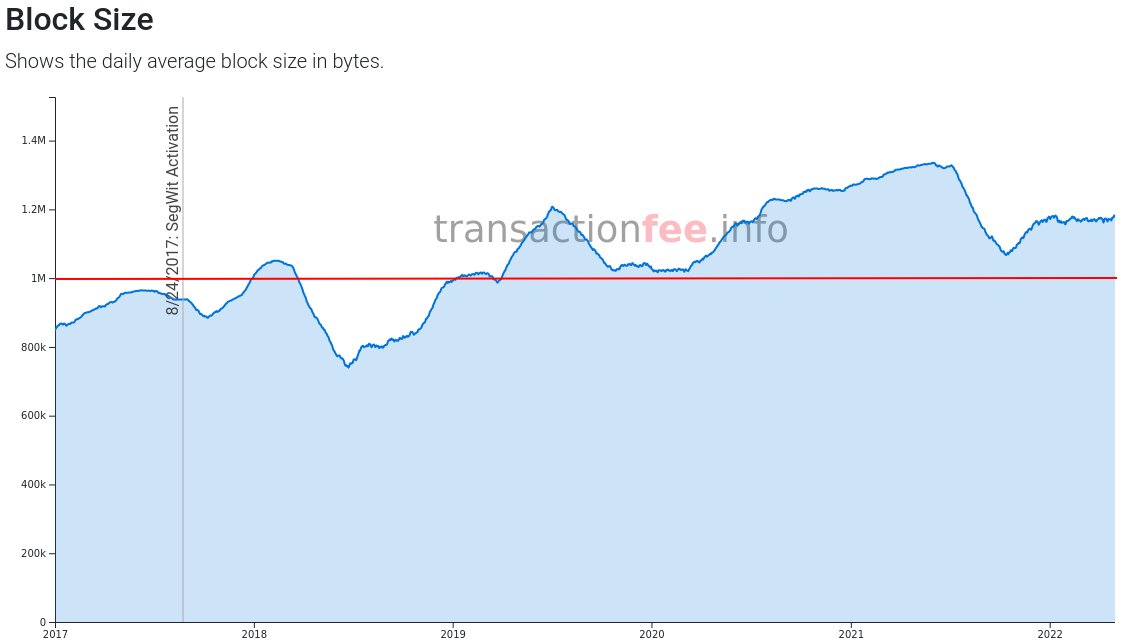So, I guess it's time to do a #mempoolreport. On 2022-05-11, just after just before 17:00Z, Binance started dumping about 100 blocks worth of consolidation transactions into the mempool.
Other than the usual approach, where consolidations are fed to the lower end of the mempool…
Other than the usual approach, where consolidations are fed to the lower end of the mempool…

they instead submitted the whole hot mess at fixed fee amounts of 200,000 ṩ per transaction. At exactly 100 P2PKH inputs and one P2WPKH output (to bc1qm34lsc65zpw79lxes69zkqmk6ee3ewf0j77s3h) the feerate works out to just short of 14 ṩ/vB for each transaction. 

For those keeping track, buying 100 blocks worth of blockspace at 14 ṩ/vB works out to cost around 14 ₿. It's not clear why they'd pay that much, as before they dropped their package, that would have been almost enough to make it into the next block. 

Now, this is not the end of the world—the mempool has been clearing faster than it's been filling for most of the time and will probably clear by next week. 



Meanwhile, anyone that urgently needs to get a txn through can outbid Binance by paying 14 ṩ/vB: above the consolidation transactions, there's hardly any competition. 

As you might imagine, we've also seen a solid increase for the transaction fee part of the block reward. 😆🙃 

Beside all of the already in-flight transactions getting stuck much longer than expected, it looks like one of my favorite sites on the interwebz has been another victim. Perhaps all of the added traffic of people staring at the mempool exhausted it? 

Over to our correspondent with an eye on the RBF usage. Our latest figures were a 25% adoption of RBF signaling in transactions. @0xB10C, have we seen a significant increase of replacements in the last 28h?
• • •
Missing some Tweet in this thread? You can try to
force a refresh
























